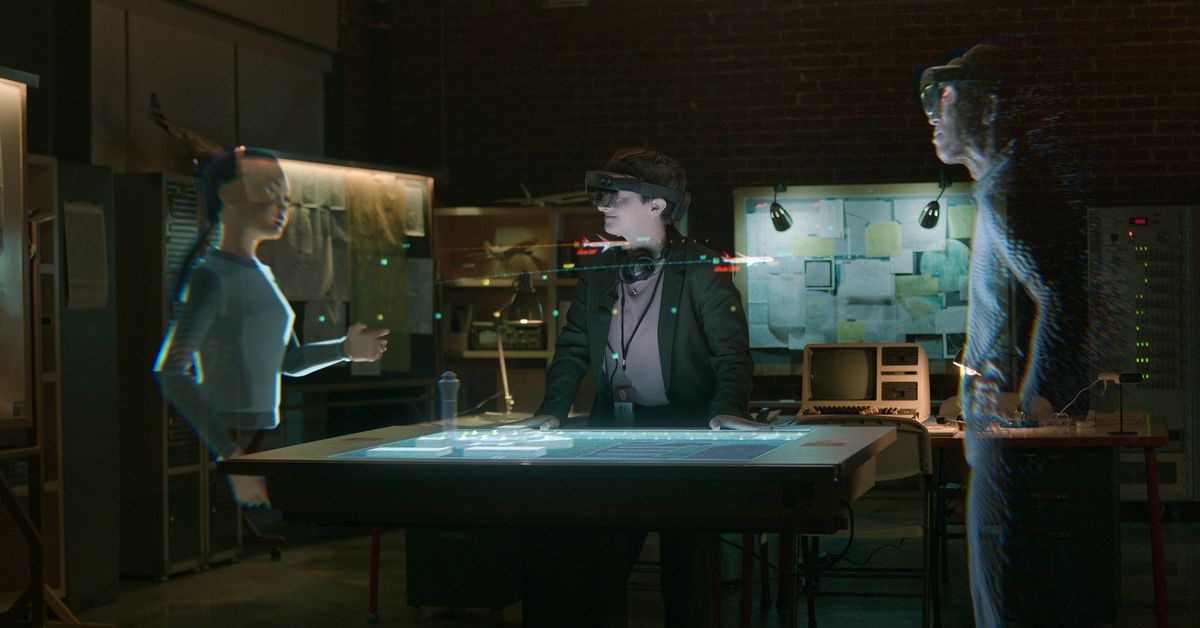Microsoft Mesh

Video conferencing has become a worldwide staple in the last year due to the coronavirus forcing millions into their homes, but Microsoft has unveiled a new platform that brings people into the same room, but virtually.
Mesh is a collaborative platform that allows anyone to have shared virtual experiences on a variety of devices. “This has been the dream for mixed reality, the idea from the very beginning,” explains Kipman. “You can actually feel like you’re in the same place with someone sharing content or you can teleport from different mixed reality devices and be present with people even when you’re not physically together.”
You can project yourself as your most lifelike, photorealistic self in mixed reality to interact as if you’re there in person, or customize your virtual appearance to represent yourself as you like. Co-workers can share their work and improve their personal learning from all over the world, without the time and cost of travel, thanks to holoportation, holographic sharing and visualization. Team members’ ideas and creativity flourish as they participate in design reviews using several devices. Whether physically present or holoported, colleagues can collaborate on content in real time.
In the coming months, the company will upgrade the platform with a full suite of AI powered tools and holoportation for mixed reality solutions. With the platform’s open standards, the developers will have the freedom to work across diverse devices whether it be tablets, PC’s, smartphones, VR headsets or even HoloLens 2.
In short, Microsoft Mesh holds within a wide range of possibilities. Solutions that were earlier dismissed as impossible and time consuming will find a new ground to prosper with the platform. However, the big thing holding Microsoft Mesh back is the cost of HoloLens devices and VR headsets. While you can jump in from a 2D screen like a phone or PC, it’s nowhere near as immersive as using a headset.